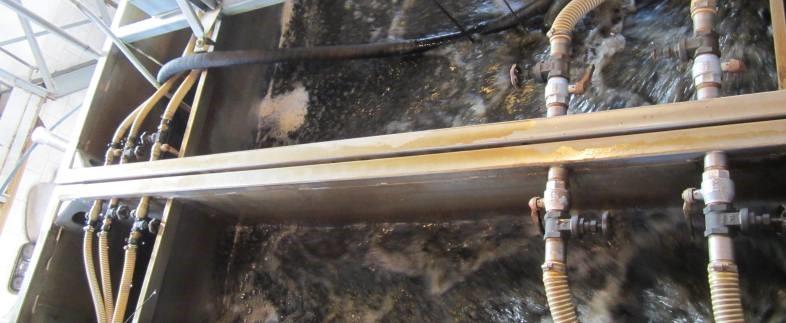Sewage Sludge Handling

Sewage sludge is a regular but underutilised product of wastewater treatment processes. Efficient municipal wastewater treatment produces vast amounts of sludge, with the countries in the Baltic Sea watershed generating about 3.5 million tonnes of dry solids annually. This number is expected to increase to almost four million tonnes by 2020.
Sewage sludge is a concern as it poses a potential threat to the environment. It contains a number of highly harmful heavy metals, such as cadmium and mercury, as well as pharmaceuticals that may be quite resistant to treatment procedures. Pathogens in sewage sludge are also a threat to human health and the environment. At the same time, sewage sludge from wastewater treatment plants contains nutrients, micronutrients and particles that increase humus in the soil. It has remarkable potential for energy production, particularly by producing biogas or direct incineration.
Proper and environmentally sustainable management before final disposal is required. To address this critical issue, HELCOM is currently developing a new Recommendation on sewage sludge handling. It will guide the coastal states towards more environmentally safe practices, and also draw attention to the economic potential of sewage sludge.
Recycling the nutrients in sewage sludge is crucial for the Baltic Sea region, as its vulnerable ecosystem is still under pressure from high input of anthropogenic nutrients. The Recommendation will facilitate international cooperation and the transfer of advanced techniques and practices between countries.

